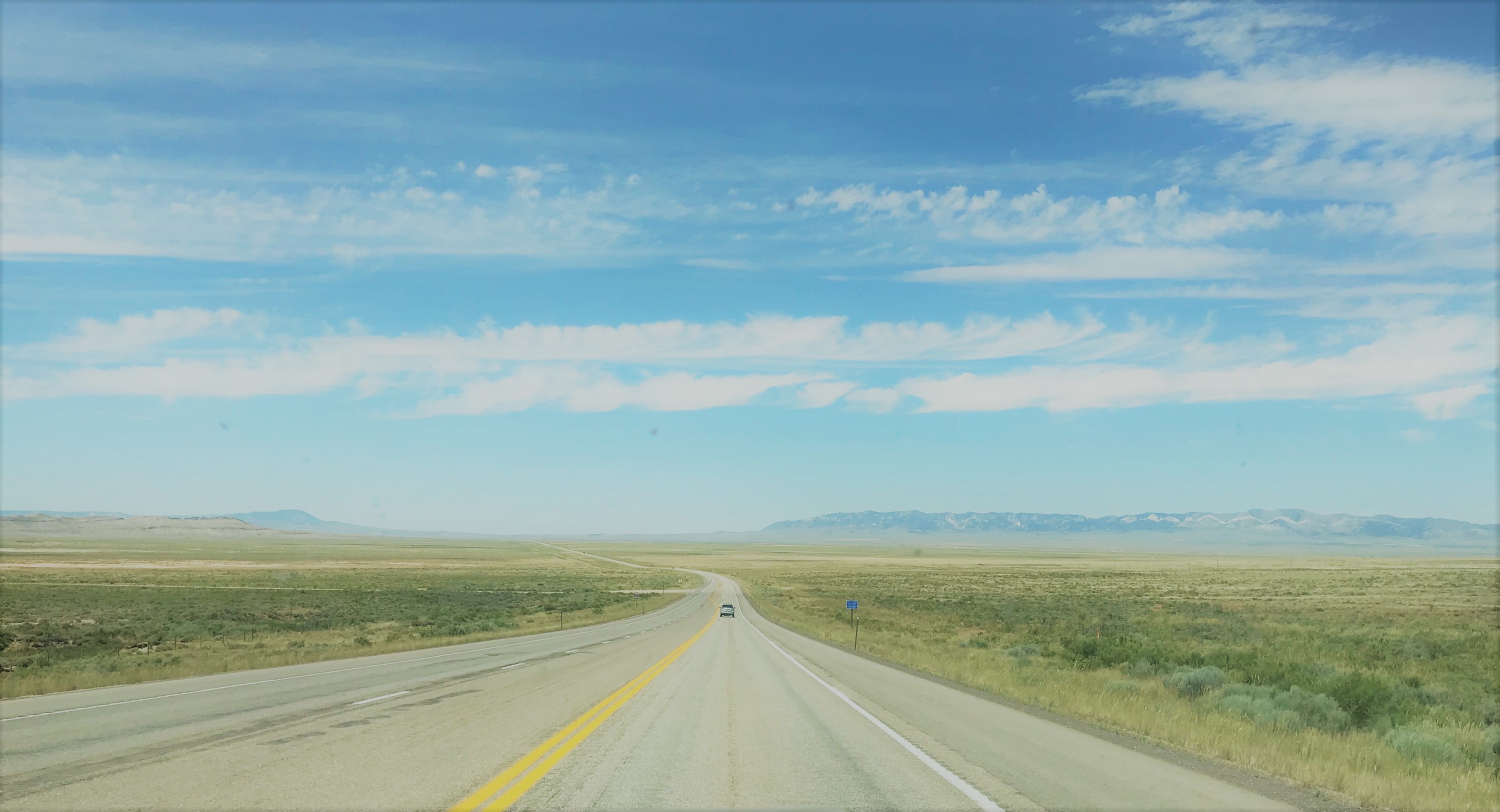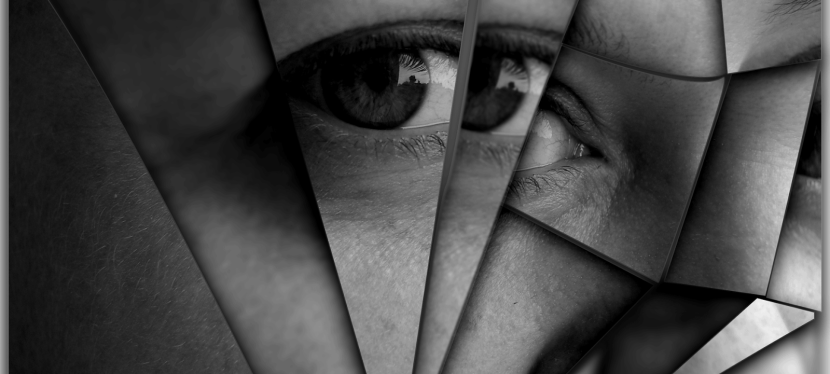Another spring break has come and gone.
As excited as I was to take some time off from the normal day to day and get down to the Georgia coast, I was pretty dang excited this morning dropping my kiddos back off at school. Grass is always greener, they say!
I have to bring awareness to the fact, however, that my anxiety levels have been heightened as of late. I’ve noticed the soundtrack in my head becoming stuck on the old what if and oh no and get me out of here more than I have in a while. Old triggers have been more noticeable and louder in the past month or so.
Of course I’ve been ruminating over why…but the sad truth is that the wild goose chase may not ever lead anywhere. Hormones? Stress? Diet? I mean, you could run yourself into the ground.
I did know that I had a long drive to make, and I was doubting myself pretty heavily.
I know I’ve mentioned that the way we think has a direct impact on our anxiety levels, among others factors. The truth was, the doubt and fear were starting to gain momentum on the feedback loop in my brain. This negative thought pattern sets us up for the perfect breeding ground for anxiety to grow.
The drive down was tough. The endless lanes of Atlanta’s interstates bearing the morning load of traffic was overwhelming. I squirmed in my seat and fought through it, although waves of disappointment and discouragement accompanied my endurance.
I’ve been doing so good! Why am I taking a step back? Am I falling back into my old ways?
Just like that, the lies began to try to persuade truth into my life. It’s amazing how powerful your thought life can be. The tiniest idea can manifest into a whole identity-stealing concept before you can blink.
After we arrived, I was mentally exhausted. That was hard, I mentioned to my mom without much detail. I kept going back and analyzing the failures of my drive, like it was some judged performance, although it was me who was the lone judge in this competition. I had the hardest time shaking off the worry that I was re-entering the dark pit of debilitating anxiety.
Sadly, ruminating on the negative has completely overshadowed the fact that I still successfully made the drive. I tackled Atlanta morning rush hour (which is no small feat…um, hello 16 LANES!!!), managed two children and a dog, fed everyone, made the necessary bathroom stops, all while making pretty darn good time. From an accomplishment stand point, I should be thrilled! Especially knowing that a handful of years ago, driving on the interstate with my children was my number one fear.
Hold up…I conquered my number one fear!!! How could I forget how awesome that is?!
It’s funny how you can desperately wish for an outcome for so long, and once you achieve it, there’s a point that the euphoria of success tapers off, and you begin to assimilate that once impossible task back into daily life. It just becomes normal. You try to remember why you struggled so much to do something that barely phases you anymore. It’s almost as if the anxiety never robbed you of all those years in the first place.
Until years later, when you receive an uninvited visitor.
Hey girl, haaay… so it’s been a while. Why don’t we hang out anymore? I know, I know…I was a bully. But I was just trying to keep you safe, remember? I mean, you could’ve been out living your life worry-free and having fun, but who wants to risk that?! You were safe in your little cage, thanks to me. You couldn’t drive, you couldn’t get on an airplane, go to concerts or movies or crowded restaurants, I mean ugh…what a hassle that is anyway! Why don’t we go have lunch and I’ll remind you that you can have your old fear-driven, anxiety-ridden life back? Can’t we just be friends again? Puh-leeeeeease?!
Ughhhh…there she is. My a-hole brain, trying to let herself back into my life. There I was, dwelling on the disappointing flashbacks of my less–than-perfect drive, when I should’ve been celebrating an amazing accomplishment. That’s what the a-hole brain does; steals your joy and tries to erase the good thoughts from taking the proper front-row seat in your brain.
She even tries to stop me from writing, that little hussy. Distracting me and doubting my abilities with every passing hour. You don’t have time or no one wants to read that or why even bother, what’s the point?
All too often, I listen to her. Or I just get lazy and pick up a book or defer to the Netflix. But not today, dang it! If I have to pick up and finish this post every time I’m in carpool line, I’m gonna make it happen. So what if spring break was a full three weeks ago…no one said this was a race.
Anyway, so we have a great break, and guess what? I will have to drive back home at the end of it, because that’s how vacation works. Of course, I would rather stay and live at the beach forever, but that’s not really the most realistic life choice at the moment. So I prepare myself by trying to think more positively about my journey. I can listen to my podcasts! I get to sleep in my bed and take a shower in my own shower (we all know we get cleanest in our actual, own shower)! Maybe the traffic will be lighter than normal in McDonough (reality check: traffic is never light in McDonough, for some mysterious reason.)!
So I start my trek, the kiddos settle into the first of many hours of technology time (an utter delight to their eyes and my ears) and I get going on the podcasts. I love a good podcast lately, and a nice long drive is the perfect time to devote some attention to them. Most of my favorites are personal development podcasts, but I have everything from pop-culture to faith to current events to business psychology in my library. I kind of love all the things.
What I really love is a hearty, deep conversation, especially within the realm of faith, and more importantly, when my soul needs to be nurtured. Sometimes I just need a good soul hug. So I sat back and took a deep dive into a few of my favorites.
In one particular interview, the speaker was talking about calming her nerves before speaking publicly. When she prayed about it, she saw the image of a target on the back wall during her speech. It was there to remind her that God should be her primary focus, especially during difficult times; all she had to do was focus on Him to get her through her struggle.
This wasn’t a new idea to me, making God my focal point. My faith-walk has been a pivotal factor in overcoming anxiety. But sometimes I need a reminder, a wake-up call, a direct-line to hear His message.
About 10 minutes after listening to the target story, I got my message. I passed a billboard with a huge, white target symbol plastered across the front. I can’t remember what the advertisement was for (I know it wasn’t my beloved Target big-box department store), but it screamed to me, loud and clear.
I’ve got you. Keep your eyes on me. I will guide you home.
Traffic was horrible, as Atlanta traffic always is on a holiday weekend. It was coming up on hour six of my drive. The sun blared down on all 16 lanes of packed cars, reflecting off their roofs like shining scales on an enormous school of fish navigating through the current. I was weary. I wanted off the interstate, and I wanted off now.
Those are the moments that you realize you have a choice. You can succumb to the chaos of your lack of control, or you can focus on your target. You can get carried away by the endless waves of uncertainty or you can stay on course and follow Him home. Once you can let go and surrender that control, it’s smooth sailing.
I don’t remember the exact moment in that sea of traffic that the peace washed over me, or how I somehow received a boost of energy that helped me through those final 45 minutes, but I do remember my overwhelming gratefulness. I relaxed in my seat, smiled at the familiar scenery of my hometown out my window, and breezed on home.
Bullseye.
Like I do with every blog post, I start to narrate in my head, can’t wait to run to the computer when I get the chance to share my insight. But before my fingers even make it to the keyboard, my a-hole brain quickly shows up and tries to shut it down. You’re too tired. Nobody cares. Your thoughts aren’t really worth sharing anyway.
But then…Monday. I take my daughter to tennis practice and I hear her coach say, “Focus on the target.”
Tuesday. A friend sends me a rap video on my phone (we were trying to get pumped up for our tennis match, ok?!!) and guess what’s painted on a brick wall in the background? A white target.
Wednesday at my tennis practice. We ask our coach what we are going to work on today. “Target practice,” she says.
Fine, I think. I hear you!! Keep going. Keep your focus.
Symbols have always been a huge influence in my life. I can’t explain it, but I feel it in my spirit when something I see takes on a deeper meaning. I’ve never really heard God speak to me, but I know He can communicate in so many ways. Even though my faith has grown leaps and bounds recently, I’m a skeptic at heart, and I think God knows I need these reminders to stay the course. Sometimes they are whispers and sometimes they are roars, but I know when there’s a message waiting for me. All I have to do is be willing and ready to receive it.
So here I am, reminding you to stay the course. Focus on your target. Lean into your faith and trust the way forward. Do the hard things because they will help you grow, no matter how much you want to stay where you are. You will miss the mark, over and over again. But when you hit the bullseye…that is the moment that you realize all that target practice was worth it.
Steady your arrow, and let it fly.

















 The day is still young, but it has already surprised me.
The day is still young, but it has already surprised me.